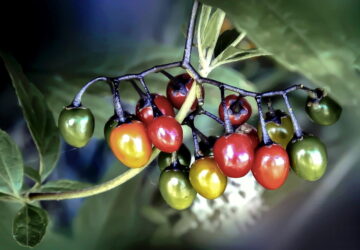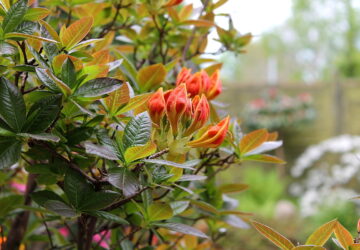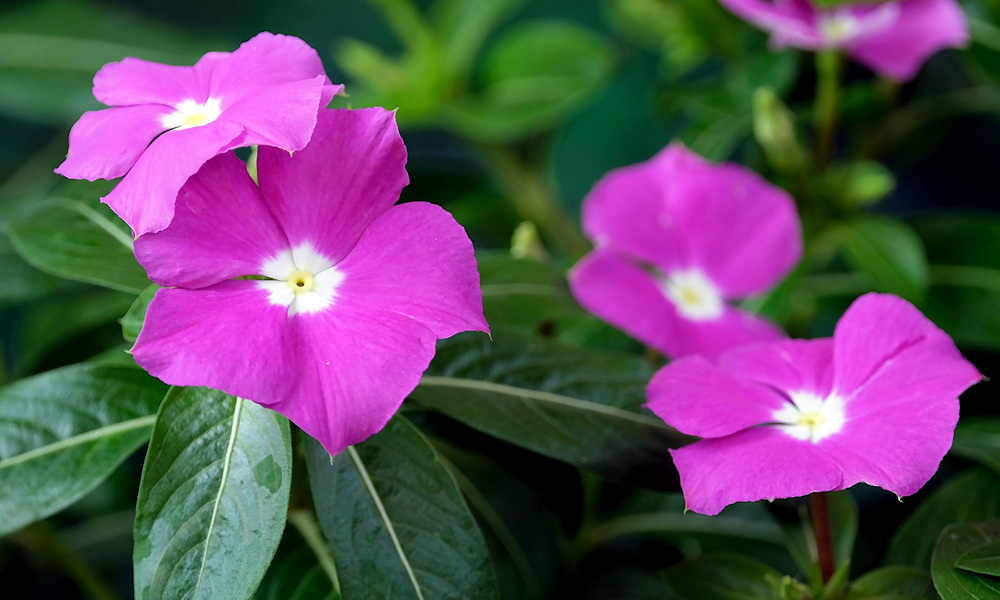Rose periwinkle (Catharanthus roseus), a semi-shrub native to Madagascar, is a delightful addition to any garden. This frost-sensitive plant, often grown as an annual in regions with a continental climate, is adorned with star-shaped, five-petaled flowers.
Its ability to withstand drought has earned it the nickname “desert rose,” although this term is more commonly associated with the Adenium genus. The contrast between its dark green, glossy leaves and the vibrant hues of its flowers creates a striking visual effect. Whether in window boxes or as edging for flower beds, this plant is a decorative gem that attracts bees and butterflies. Its flowering period extends from late spring until the first frosts in October. In a continental climate, it typically reaches a height of 20-30 cm. However, gardeners should be aware that some parts of the plant are poisonous.
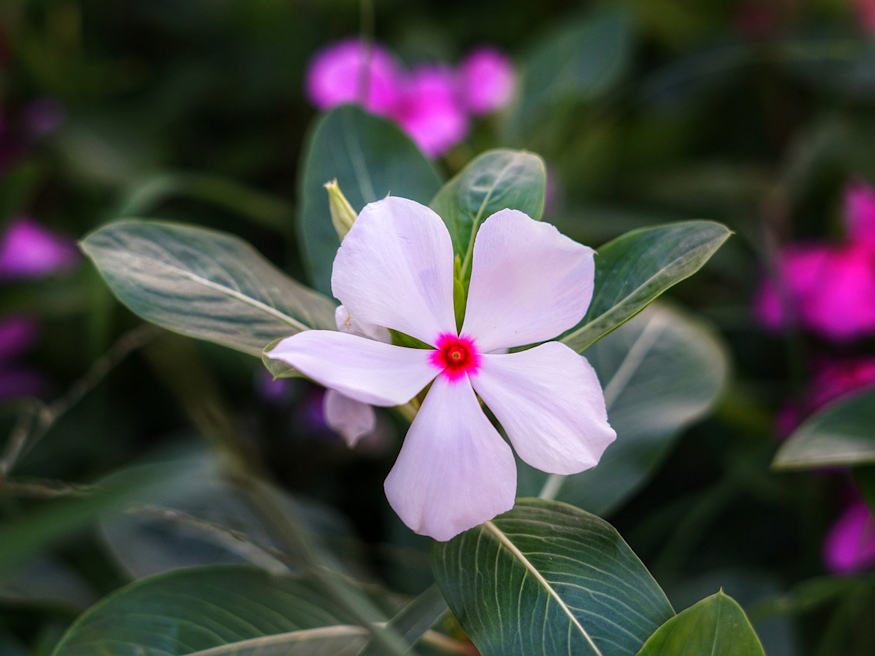
Caring for Your Rose Periwinkle
Rose periwinkle thrives in well-drained, loose soil and prefers warm, sheltered locations. Although it is relatively drought-tolerant, it requires regular watering. The plant flourishes when its soil is kept consistently moist. While it is frost-sensitive, it can be overwintered in a cool, bright place. Slugs and snails may occasionally cause damage.
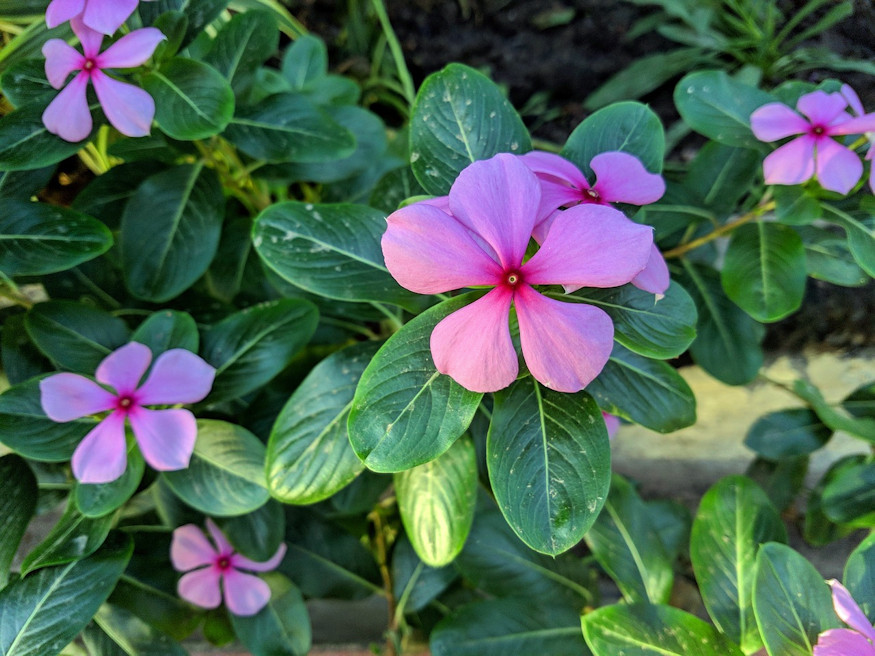
In regions with a continental climate, rose periwinkle is usually treated as an annual plant due to its frost sensitivity. This means that the plant typically lives through one growing season, from spring to autumn, and then succumbs to the winter frosts. However, if the plant is kept indoors, such as in a greenhouse or on a windowsill where it is protected from cold temperatures, it can survive and produce flowers for several years. Thus, with the right care and environment, rose periwinkle can enjoy a longer lifespan.

Overwintering Your Rose Periwinkle
As a tropical plant, rose periwinkle does not tolerate frost and must be kept indoors during the winter months in regions with a continental climate. Here are some tips for successfully overwintering your rose periwinkle:
- Transplanting: If your rose periwinkle is growing in the garden, transplant it into a pot in the autumn months, which can then be brought indoors.
- Choosing a location: Rose periwinkle loves bright places, so find a spot where it will get plenty of sunlight. A southern windowsill could be ideal.
- Watering: During the winter months, rose periwinkle requires less water than during the growing season. Avoid keeping the soil too wet, as this can lead to root rot.
- Temperature: Rose periwinkle needs a warm environment, so maintain a room temperature of at least 15-18 degrees Celsius.
- Pruning: Before overwintering, consider pruning the plant to conserve energy during the winter months.
- Nutrients: The plant needs fewer nutrients in the winter months, so fertilize less frequently during this period.
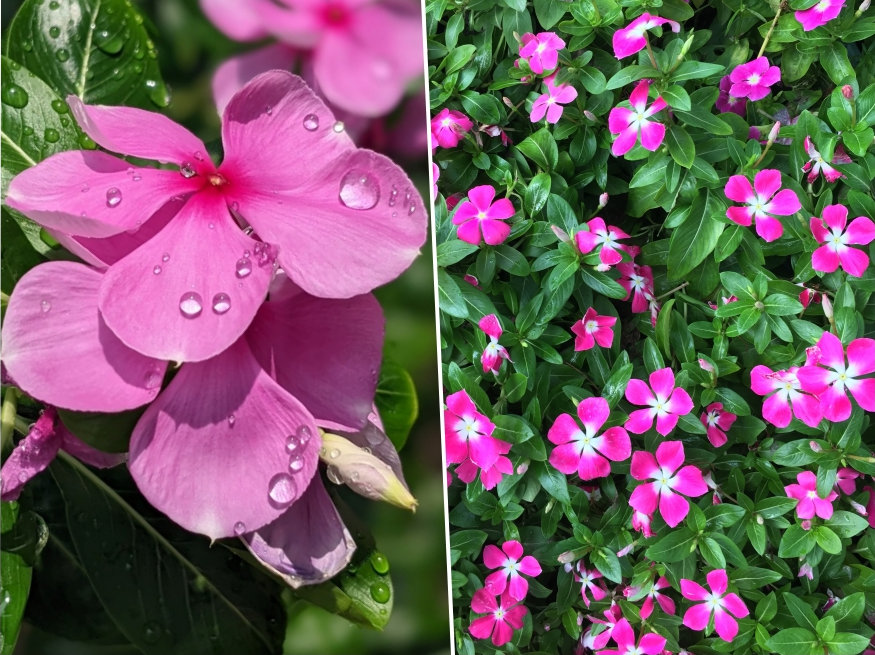
By following these steps, your rose periwinkle stands a good chance of surviving the winter months and blooming again the following spring.
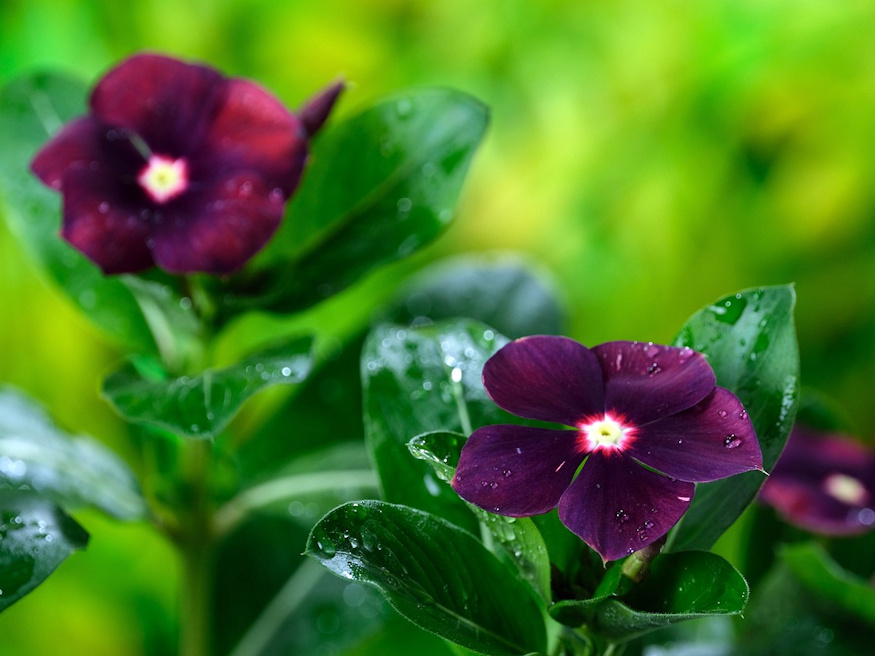
Propagating Your Rose Periwinkle
In home gardens, rose periwinkle is typically propagated by seed. To collect the seeds, wait until the plant has completely dried out, then sow the seeds towards the end of February.
Commercial ornamental plant growers usually use two methods to propagate rose periwinkle: seed sowing and cuttings.
1. Seed Sowing
The seeds of rose periwinkle are tiny, so they should be sown in a seed tray filled with seed compost. Cover the seeds with a thin layer of compost or vermiculite. Place the seed tray in a propagator or cover it with a plastic bag, and maintain a temperature of 20-25 degrees Celsius. The seeds typically germinate within 10-21 days.
2. Cuttings
Rose periwinkle can also be propagated via cuttings. In the summer months, cut a 10-15 cm long shoot from the plant. Place the cuttings in a pot filled with cutting compost and perlite. Cover the pot with a plastic bag and maintain a temperature of 20-25 degrees Celsius. The cuttings usually root within 2-4 weeks.
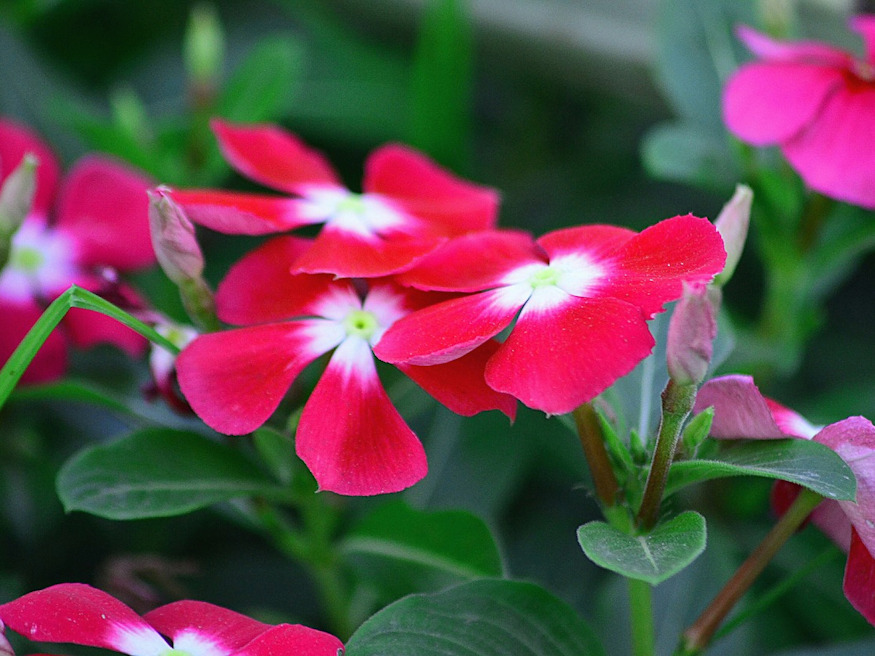
The Many Faces of Rose Periwinkle
Rose periwinkle is available in a wide array of varieties and colors. The most common colors are white and pink, but there are also varieties with red, purple or peach-colored flowers. Some varieties feature a contrasting eye in the center of the flower, adding to their charm.

A Botanical Overview of Rose Periwinkle
Rose periwinkle belongs to the Apocynaceae family, which encompasses about 200 genera and 2,000 species. The Catharanthus genus includes 8 species, the most famous of which is rose periwinkle (Catharanthus roseus).
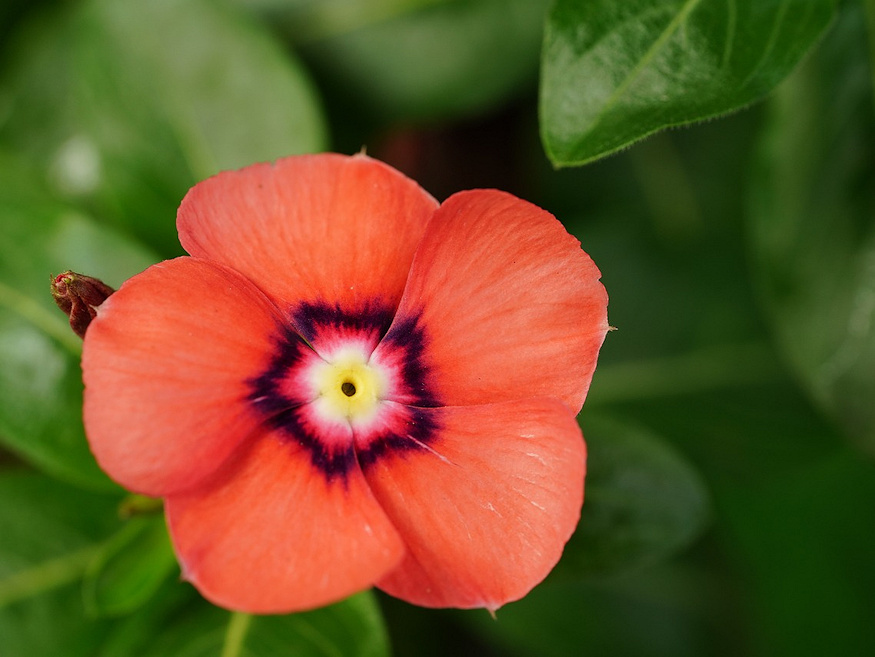
The Toxicity and Medicinal Uses of Rose Periwinkle
Rose periwinkle is a poisonous plant. All parts of the plant contain alkaloids, which can cause symptoms of poisoning if ingested. These symptoms can include vomiting, diarrhea, hallucinations, and in severe cases, seizures or coma. Therefore, it is crucial to keep the plant out of the reach of children and pets.
Despite its toxicity, rose periwinkle has medicinal uses. Two of its alkaloids, vincristine and vinblastine, are used in the treatment of certain types of cancer.
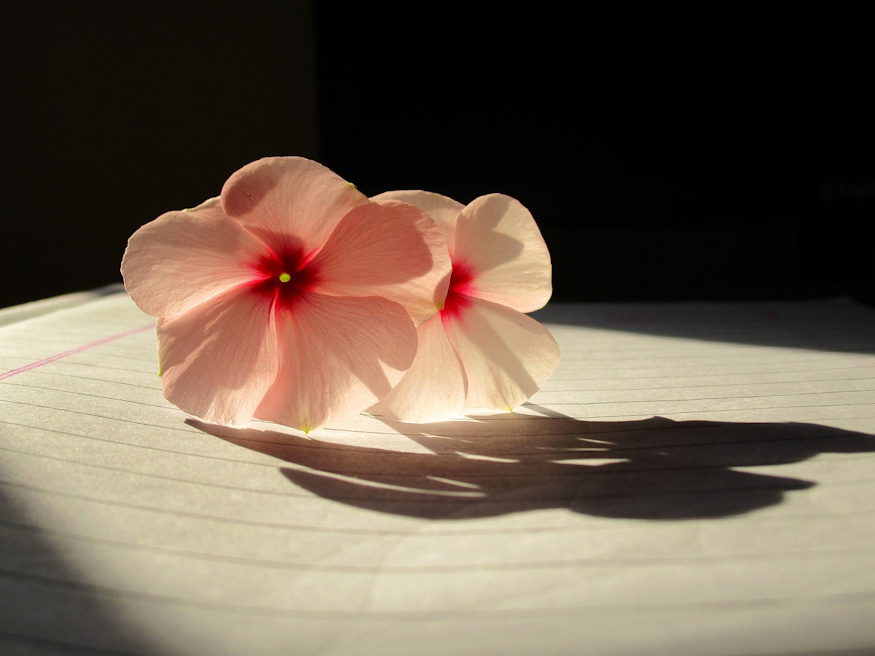
In conclusion, rose periwinkle is a versatile and beautiful plant that can bring a touch of the tropics to any garden. With the right care and attention, it can thrive and bloom profusely, providing a feast for the eyes throughout the summer months.

